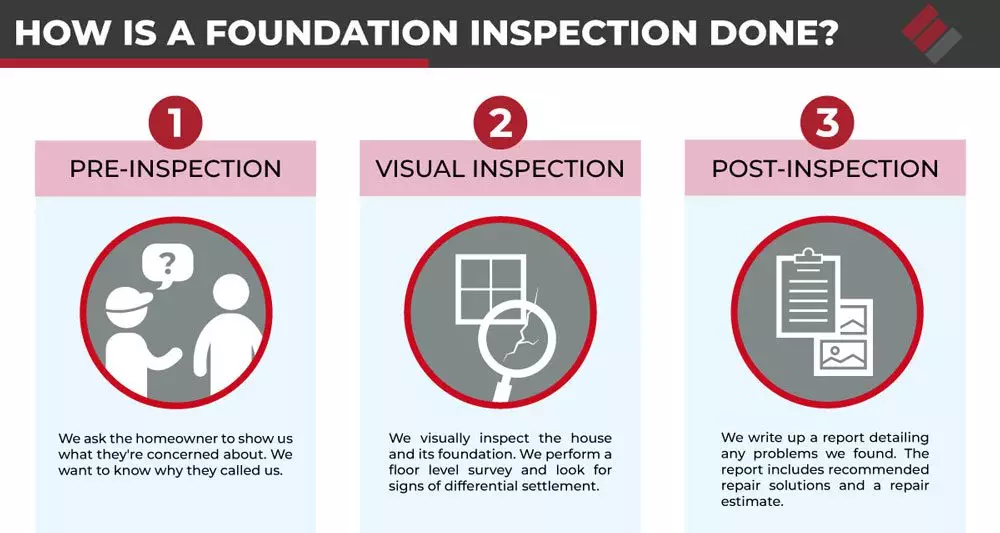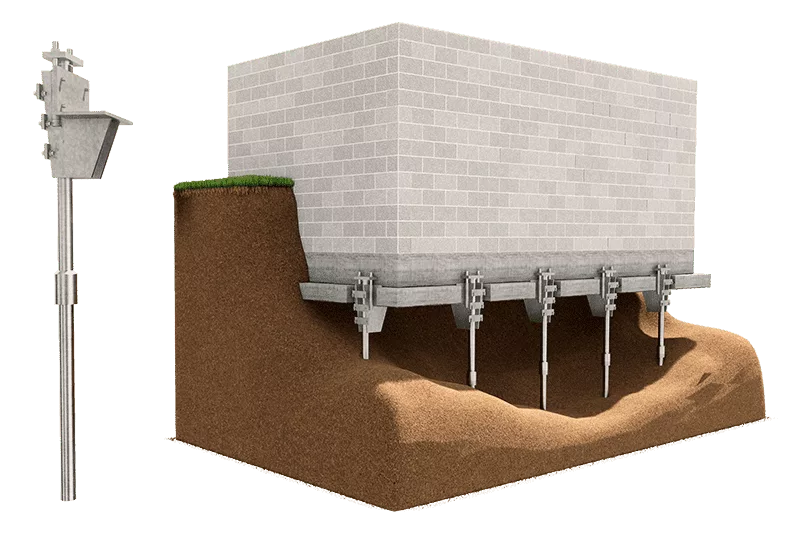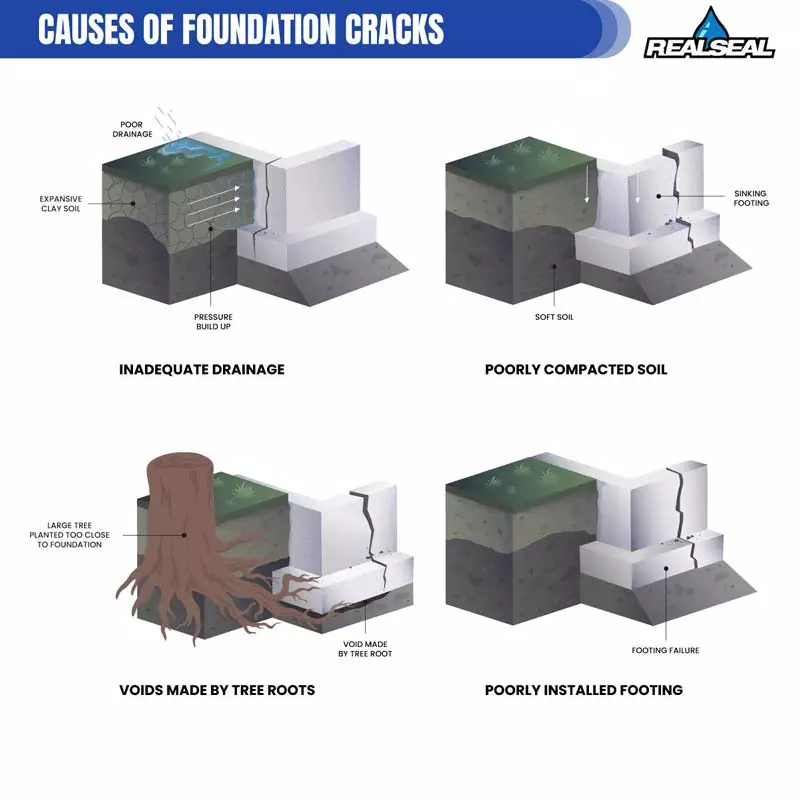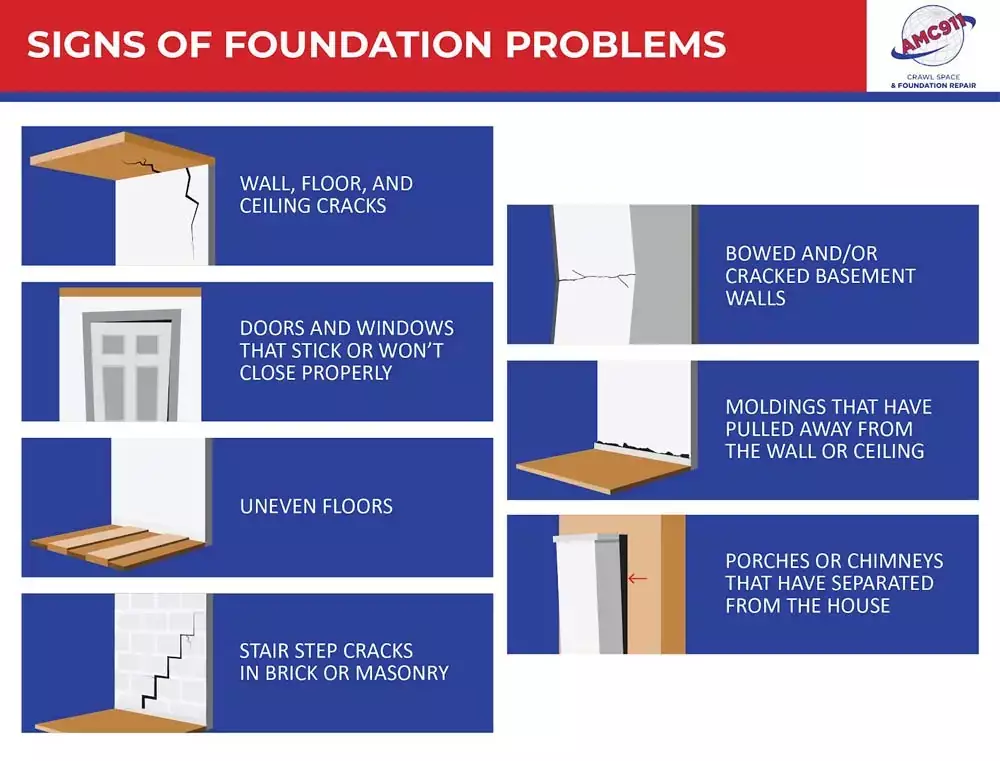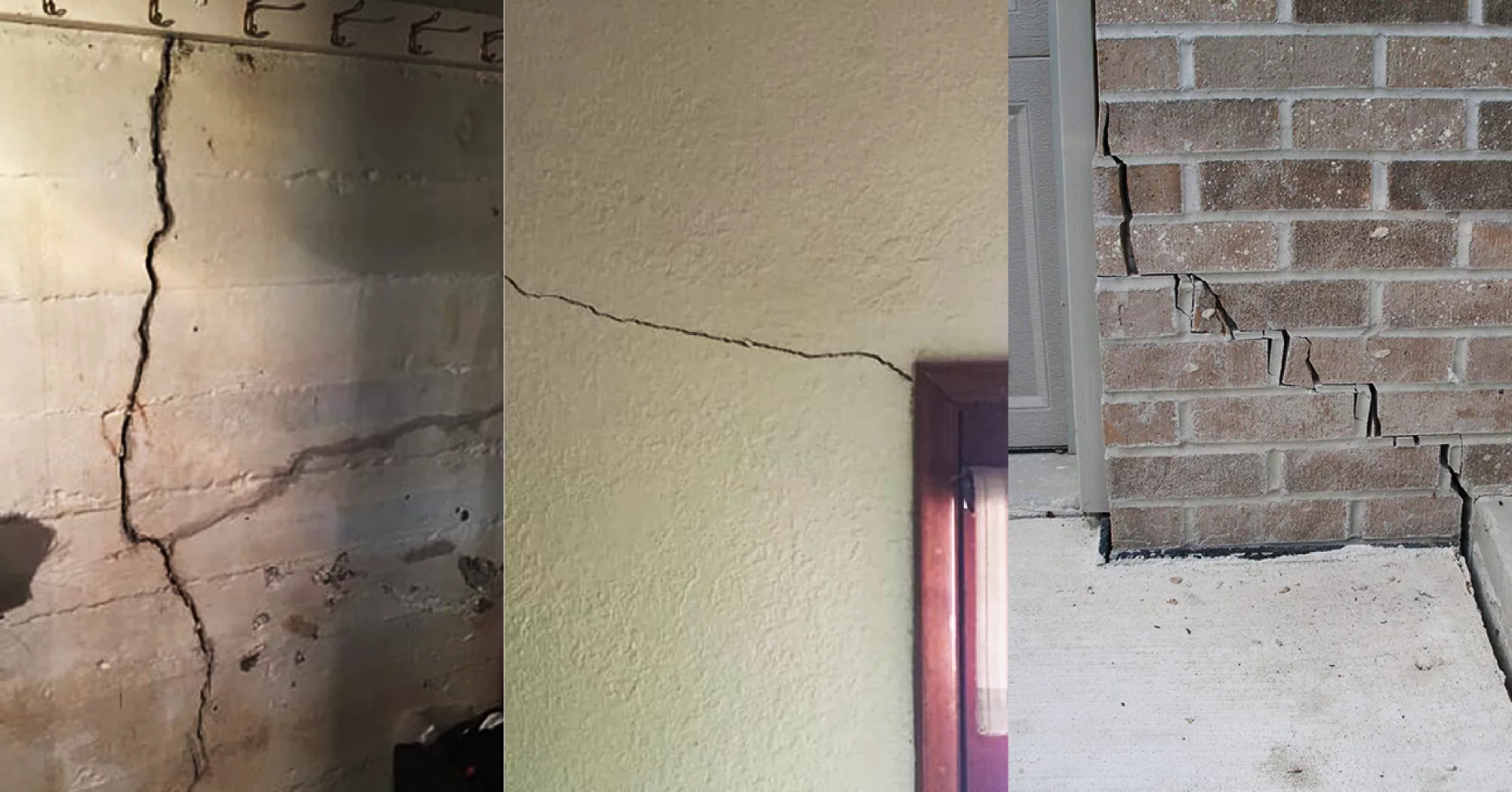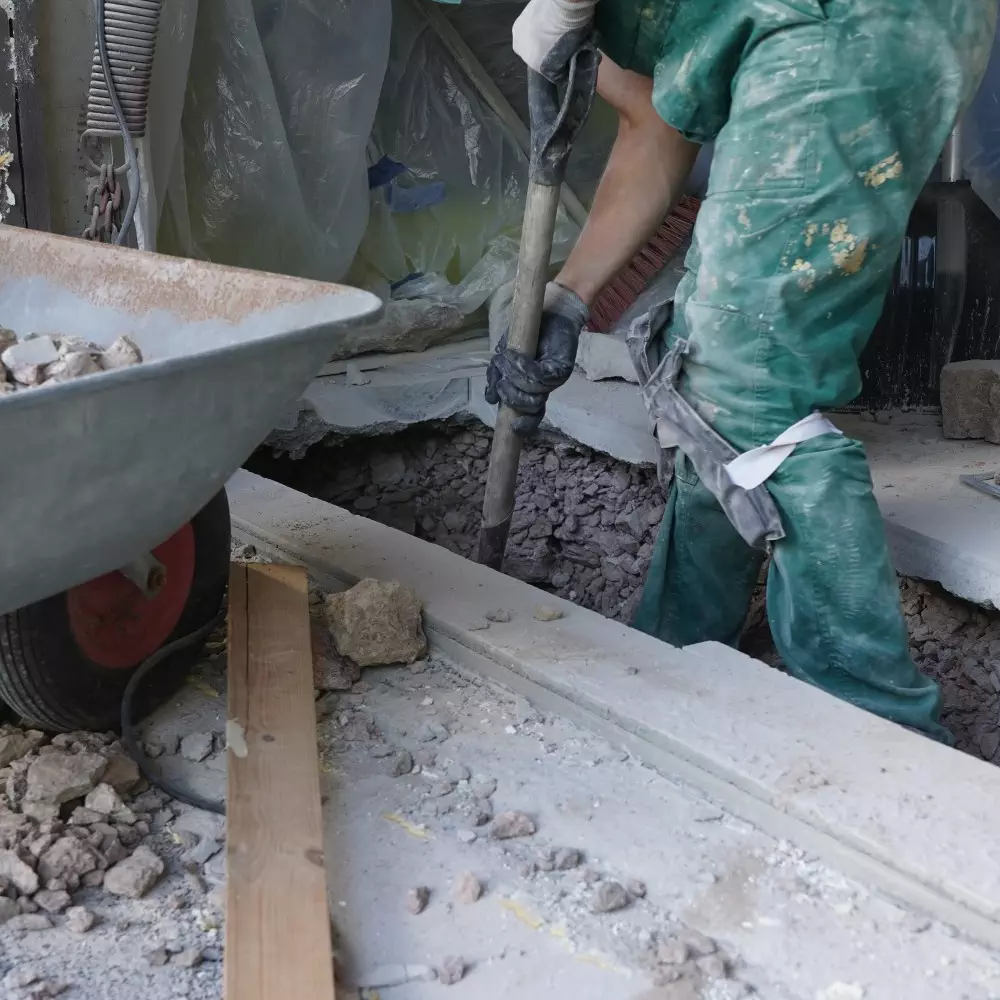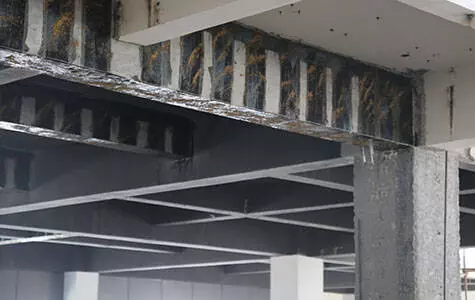
Why Carbon Fiber Reinforcement Fails (And How to Avoid It)
Think carbon fiber reinforcement is the perfect solution for all your construction or design needs? Think again. While carbon fiber reinforcement is a popular method admired for its strength and lightweight characteristics, it doesn’t always deliver as expected. You might think that using carbon fiber composites guarantees success, but there’s more to the story. Understanding what causes failures in composite materials can save you time and resources, ensuring your projects meet their full potential.
Choosing the right materials and methods is crucial for achieving durability and effectiveness in your projects. Whether you’re dealing with fiber-reinforced polymers in aerospace materials or fiber-reinforced concrete in construction, each application demands careful consideration. Structural reinforcement involves understanding not only the benefits but also the limitations of advanced materials. Therefore, exploring why carbon fiber can sometimes disappoint will empower you to make smarter decisions.
Ready to uncover the truth behind why carbon fiber might not always hold up? Let’s dive into the pitfalls of these seemingly indestructible materials and discover how you can avoid them to maximize strength and performance. Your projects deserve better, and so do you.
Within the post
Understanding Carbon Fiber Reinforcement
Do you know how carbon fiber reinforcement is used? It’s quite fascinating. This method involves using very thin fibers made from carbon to enhance the strength and stiffness of materials. The fibers are much stronger than steel, yet way lighter. However, there’s more to it than just wrapping some fibers around. Let’s dive into the details.
Role in Composite Materials
Composite materials are all about combining different components to create something better. When you think about how carbon fiber reinforcement is used in composite materials, imagine it as a superhero team-up. By using fiber reinforcement, these materials become not only strong but also incredibly light. Composite materials utilize fiber reinforcement to achieve these superb qualities. It’s like getting the best of both worlds.
Advanced materials are crucial if you want to build something that needs to be strong but lightweight. Imagine constructing an airplane without having to worry too much about weight limits. That’s what lightweight construction offers. Carbon fiber composites shine in this area, increasing strength while keeping things light. Are you building a race car or a high-speed train? These materials help make it possible by being light yet strong.
Fiber-Reinforced Polymers
Have you ever heard of fiber-reinforced polymers? These are similar to composite materials but use a polymer matrix to hold the fibers together. Learning about fiber-reinforced polymers can be exciting because they are found in so many applications. They improve structural reinforcement, which makes them widely used in various carbon fiber applications. Knowing these materials could be a great asset if you’re into engineering or design.
Carbon fiber composites have a big role in making structures stronger. And it’s not just about using them willy-nilly. These polymers are specifically designed to take on the challenges of structural reinforcement. You often see them in aerospace materials, where every gram of weight saved and every bit of reinforcement added matters. So next time you’re on a flight, you can appreciate the technology at work.
Reasons for Failure
Why does carbon fiber reinforcement sometimes fail? Understanding this can save you a lot of trouble. Let’s explore some of the reasons. First, improper implementation techniques can lead to failure. Maybe something was overlooked during the process. Second, material incompatibility issues can also pose problems. You might have chosen the wrong type of fiber, or perhaps the materials just don’t get along. Lastly, poor environmental resistance is a major factor. Sometimes the conditions are too harsh, and the material breaks down.
- Improper implementation techniques.
- Material incompatibility issues.
- Poor environmental resistance.
Preventing these failures is not just about knowing what can go wrong. You need to take proper precautions. Did you follow all the guidelines? Have all your materials been tested for compatibility? These are important questions to ask to ensure success.
Common Mistakes in Usage
Installation Errors
One main reason for failure can be attributed to installation errors. Installing carbon fiber reinforcement takes skill and precision. It’s like putting together a complex puzzle where every piece needs to fit just right. Incorrect installation leads to failure, which can be frustrating after all your hard work. Therefore, it’s crucial to have skilled workers and the right tools. Make sure you double-check every step of the process to avoid common mistakes.
Enhancing Durability and Performance
Improving the performance of carbon fiber reinforcement isn’t rocket science, but it takes some knowledge. With the correct methods, you can enhance both durability and performance. So, what should you focus on? The answer lies in choosing the right materials and understanding the conditions they will face. These steps will ensure that your project stands the test of time and delivers the desired results.
Proper Material Selection
Choosing the right material is vital. When it comes to carbon fiber sheets, selecting the appropriate ones can make all the difference. Understand fiber-reinforced concrete uses well, as these are often employed in construction settings where extra strength is needed. When it comes to aerospace materials, precision is not an option-it’s a necessity. You must ensure that every material used is perfectly compatible with existing structures. This could be the difference between success and failure.
Environmental Considerations
Environmental factors are something you cannot ignore. If you plan for extreme conditions, your materials won’t fail you. So, consider the environmental impacts on materials. How hot can it get? How cold? Is the area highly corrosive? Knowing these can help you choose the right carbon fiber reinforcement techniques to use. It’s always better to be prepared for whatever nature throws your way.
Testing and Quality Control
Testing and quality control are essential if you want to ensure the best performance. Regular checks ensure stability, and emphasizing these practices can keep you from experiencing unexpected failures. It’s not just about getting your project done, but getting it done right. This means running tests, matching industry standards, and making quality assurance a part of your everyday routine.
Importance of Rigorous Testing
Conducting tests for durability is crucial. You must understand that while carbon fiber reinforcement is strong, it still needs checks to confirm its integrity. Follow industry standards for all your projects to ensure that your work meets the highest quality. Rigorous testing can catch potential issues before they become catastrophic failures.
Industry standards exist for a reason. Regular checks are imperative to catch any inconsistencies. So, don’t skip this part of the process. You might save a few dollars by avoiding checks, but the cost of failure can be much greater. Therefore, always double-check your work.
Quality Assurance Processes
Quality assurance processes are not just about following a checklist. They’re about ensuring that every step of the work meets the highest standards. Consistency is important, and these processes are designed to catch errors. Implementing these systems can dramatically reduce the risk of failure.
Innovations in Carbon Fiber Technology
Emerging Techniques
What’s new and exciting in carbon fiber technology? Exploring new carbon fiber methods can help you stay ahead of the game. With innovations popping up, it’s crucial to stay updated. Stay updated on innovations by attending conferences, following industry news, and connecting with experts. You’ll be amazed by the advancements that might change the way projects are done.
Industry Trends
Industry trends change frequently, and it’s beneficial to follow them to remain competitive. Follow advancements in composite materials to get a sense of where the industry is heading. Lightweight construction is a growing trend, where every gram saved is an achievement. Industry trends focus on sustainability, which is increasingly becoming a key consideration for many projects. Following these trends will help you stay relevant and competitive.
Practical Tips for Successful Implementation
Project Planning
If you want your carbon fiber project to be successful, careful planning is crucial. Plan every project step meticulously to ensure that nothing is overlooked. Make sure everything is accounted for, from materials to timeline. This way, you can be better prepared to handle any unexpected issues that may arise.
Continuous Learning
The world of carbon fiber reinforcement is always evolving. How can you keep up? Keep learning about new techniques, of course! Attend workshops and seminars to continuously hone your skills. Apply knowledge to real-world applications, which can provide practical insights that books and theory cannot. This way, you can make contributions that are not only innovative but also effective.
Your Success with Carbon Fiber
Understanding carbon fiber’s potential can greatly enhance your projects. By addressing common pitfalls, you can ensure stronger, more reliable results. Overcoming issues with these materials often leads to improved performance, durability, and efficiency in your applications. With the right approach, you can unlock the many benefits of carbon fiber, making it a powerful ally in your endeavors.
Begin by reviewing your current processes. Make sure to identify potential weaknesses in your use of composite materials. Consider consulting with experts or resources that specialize in advanced materials to enhance your approach. Also, look into adopting new manufacturing techniques that precisely address issues like porosity and resin application. Take small steps to integrate recommendations that suit your specific needs and circumstances.
Now is the time to act. Implementing these improvements will boost your confidence in using carbon fiber. Start today by making simple, informed changes to your method. You’ll soon see the rewards in your outcomes. Your journey to successful strengthening begins now. Embrace it fully and watch your projects thrive!

